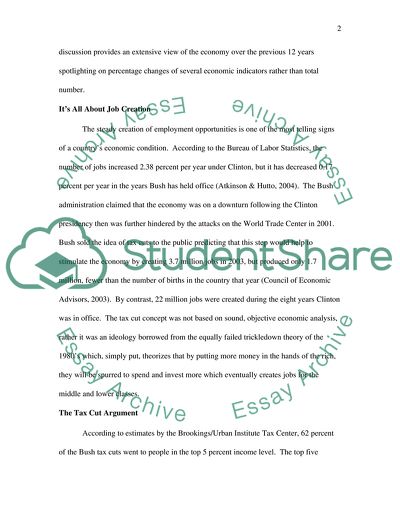Cite this document
(Bill Clinton and George W. Bushs Economic Policies Assignment - 2, n.d.)
Bill Clinton and George W. Bushs Economic Policies Assignment - 2. https://studentshare.org/politics/1717597-macroeconomices
Bill Clinton and George W. Bushs Economic Policies Assignment - 2. https://studentshare.org/politics/1717597-macroeconomices
(Bill Clinton and George W. Bushs Economic Policies Assignment - 2)
Bill Clinton and George W. Bushs Economic Policies Assignment - 2. https://studentshare.org/politics/1717597-macroeconomices.
Bill Clinton and George W. Bushs Economic Policies Assignment - 2. https://studentshare.org/politics/1717597-macroeconomices.
“Bill Clinton and George W. Bushs Economic Policies Assignment - 2”. https://studentshare.org/politics/1717597-macroeconomices.


